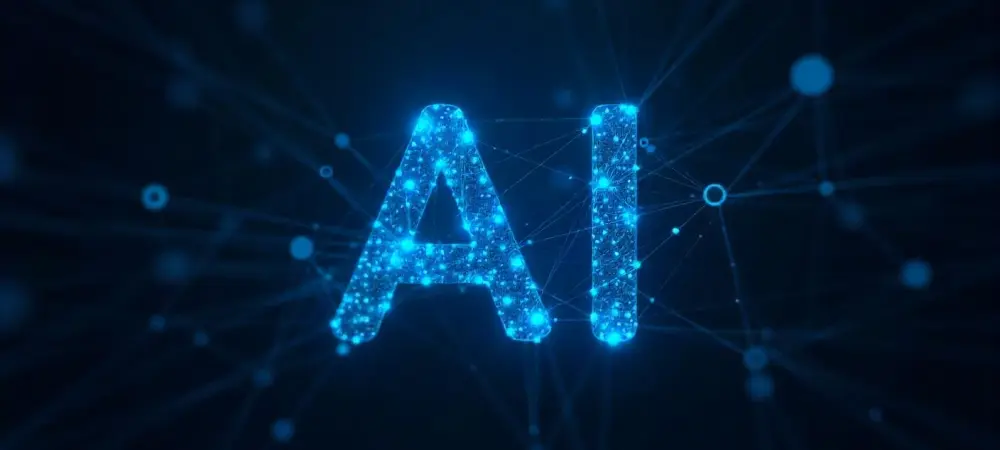In today’s rapidly evolving technological arena, generative AI creativity tools have emerged as a transformative force poised to reshape the creative industry. A growing concern permeates discussions surrounding artificial intelligence: as these tools ease the burden of creative endeavors, do they simultaneously stifle human creativity?
Understanding Generative AI Tools
Generative AI functions by leveraging algorithms that mimic human creativity to generate novel content. At the core of this technology is its ability to produce high-quality results swiftly, offering unprecedented convenience for industry professionals. Underpinned by components like neural networks and machine learning, these creativity tools hold the promise of heightened efficiencies and new creative possibilities. Their introduction into the technological landscape signifies a monumental shift, enabling artists, writers, and designers to experiment with innovative forms and ideas. By assimilating a vast array of inputs, these tools effectively streamline the creative process, saving considerable time and effort. The broad acceptance and integration of these tools bear testament to their significance in shaping modern creative outputs. From aiding in design to streamlining content creation, the prevalence of generative AI within technology heavily influences its trajectory, indicating a future dominated by collaboration between human and machine.
Distinctive Features of Generative AI
Automated Content Creation
One of the standout features of generative AI creativity tools is their capability to automatically generate a variety of content types. Automated creative content generation not only optimizes production timelines but also amplifies the caliber of outputs. By transforming creative concepts into tangible results with minimal human intervention, these tools enhance individual and organizational creativity without the potential pitfalls of human error. Their significance is most evident in industries reliant on rapid prototyping and idea generation, where speed and innovation are prized.
Such capabilities translate into wide-reaching applications, helping unleash levels of creative production that were previously unattainable.
Adaptive Learning Algorithms
Adaptive learning algorithms position generative AI tools as continuously evolving entities capable of improving outputs with use. This adaptability enables them to produce increasingly personalized content that aligns closely with users’ requirements. It gives rise to dynamic tools, adept at anticipating needs and adapting to evolving creative environments, without necessitating extensive reprogramming. In practical settings, adaptive learning shapes enhance usability across diverse landscapes, fostering intuitive user experiences. Through real-world usage, these algorithms demonstrate high performance by functioning as both co-creators and facilitators. Such flexibility broadens the scope of potential applications, paving the way for more interactive and engrossing user engagements.
Emerging Trends and Innovations
Within the past few years, generative AI technologies have experienced exponential growth, accompanied by significant technological strides. Emerging trends highlight an increased focus on integrating AI tools across creative domains, modernizing traditional methodologies, and expanding their repertoire of applications.
Concurrently, shifts in industry behavior reflect a heightened dependency on these tools, catalyzing further innovations to remain competitive. Open collaboration between technologists and creatives has begun redefining boundaries, facilitating an integrated digital ecosystem designed to foster more complex and ambitious creative undertakings.
Practical Implications Across Various Industries
Generative AI’s applications span multiple industries, underscoring its versatility as a creative enabler. Within marketing, AI tools personalize campaigns based on heavy data analysis, crafting tailored customer experiences. Similarly, the media and entertainment sectors harness AI for content creation, enabling dynamic storytelling and immersive experiences. Unique implementations also surface in architecture and design, where generative AI tools accelerate conceptualization processes by aiding in the development of futuristic yet functional spaces. In the arts, AI collaborations challenge traditional notions, redefining what it means to create art.
Addressing Challenges
While generative AI creativity tools hold considerable potential, they are not without challenges. Technical issues related to data integrity, algorithm bias, and computational limits hamper broader adoption. Regulatory ambiguity compounds these challenges, necessitating proactive efforts to navigate existing frameworks while advocating for updated standards. Market acceptance remains contingent upon resolving obstacles such as consumer skepticism and potential overreliance on AI at the expense of human creativity. Initiatives aimed at transparency and ethical AI usage, coupled with active community engagement, seek to address these impediments and foster greater trust in generative technology.
Prospects for Future Developments
Looking to the future, generative AI tools present a landscape teeming with possibilities. Breakthroughs in machine learning and computational capabilities promise to unlock new levels of sophistication and creativity.
As the boundaries between artificial creativity and human originality blur, continued advancements are poised to revolutionize production across the creative spectrum, introducing innovative paradigms and unforeseen opportunities that will redefine the creative industry’s future.
Final Thoughts
In synthesizing the multifaceted role of generative AI creativity tools, it becomes apparent that they represent both an opportunity and a challenge to the creative ecosystem. Their efficacy and adaptability have already begun transforming industries while drawing attention to the delicate equilibrium between outsourcing creativity and preserving human ingenuity. Thus, the key to maximizing their potential lies in informed adaptation and a balanced approach that champions human creativity while embracing technological innovation.

